>>> Lesson 2: Building a key vocational training system
Final article: Restructuring vocational training facilities
Dong Nai province has 5 multidisciplinary universities, including 2 public universities (not including police and military schools) and 3 non-public universities. In addition, the province also has 10 vocational colleges, mainly public schools and some secondary vocational schools.
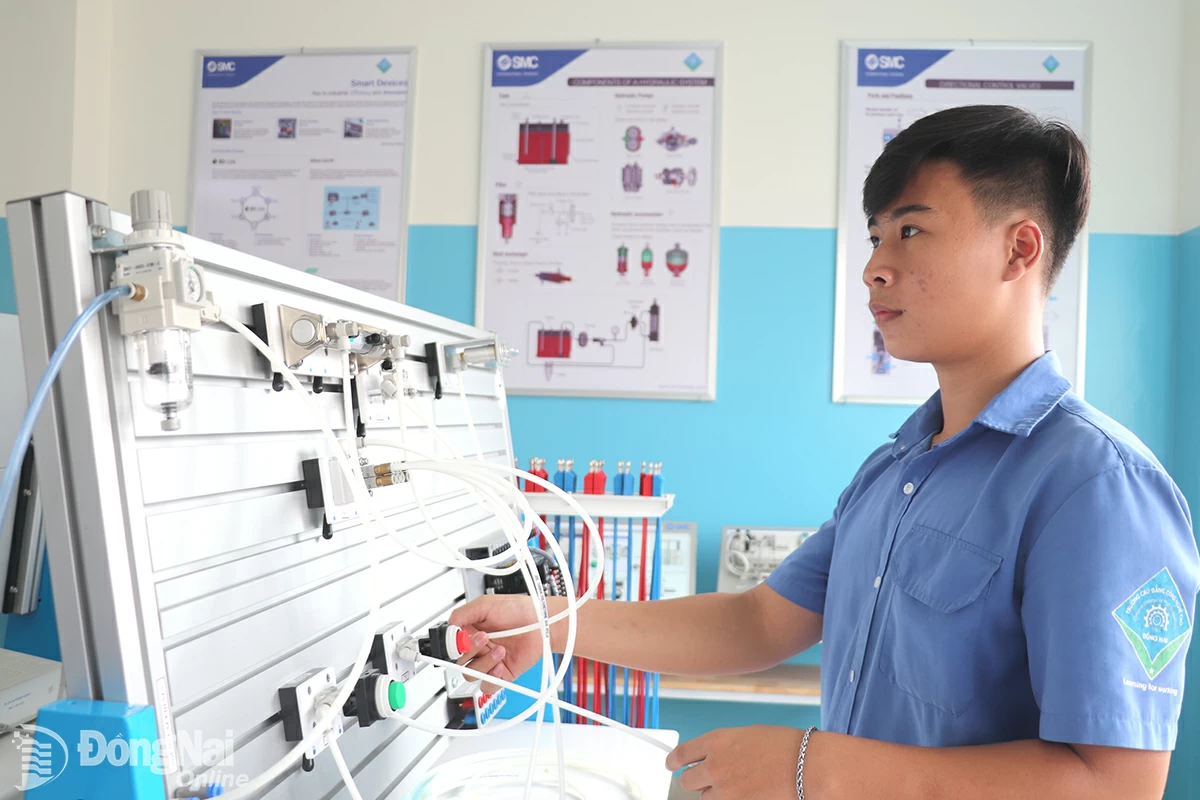 |
| Students of Dong Nai High Technology College (in Long Thanh district) during class. Photo: H.Yen |
To meet the demands of the labor market, universities are identifying key industries to focus on training development, while increasingly paying more attention to the participation of businesses in the training process.
Multidisciplinary training
Except for Dong Nai Medical College, which specializes in medicine, the remaining universities and colleges provide multidisciplinary and multi-field training. Some majors and professions that appear in most universities and colleges include: mechanical engineering, electromechanical - electronics, accounting, business administration, information technology, automotive technology, logistics, Chinese language, Korean language, etc. In recent years, universities have also opened new training majors such as: e-commerce, multimedia communications, etc.
Dong Nai currently has 56 vocationaleducation institutions, including 10 colleges, 5 secondary schools, 19 vocational education centers and 22 other vocational education institutions.
Looking at the training programs of universities and colleges, we can clearly see the needs of the labor market as well as the current trends in choosing majors and careers of students. On the other hand, this also shows that schools almost do not have their own strengths and specialties, but are still following the general trend. The current training programs of universities and colleges in the province have not closely followed the trend of transforming the growth model and transforming the form of attracting investment in the province.
Realizing this, recently, some universities have taken the first steps to be ready to start training new professions, meeting the requirements of the labor market in the digital technology revolution, green economic model, net zero...
Accordingly, Lac Hong University is a pioneer in training in semiconductor microchips. The school has enrolled the first 25 students for in-depth training in microchips, has a semiconductor microchip practice room, and has signed a cooperation agreement with semiconductor microchip enterprises to cooperate in training, committing to job placement for students. The school has also signed a comprehensive cooperation agreement with Arizona State University (USA). With this cooperation, the school is transferred the entire process and curriculum for training in semiconductor microchips.
Dong Nai University, which has a strong position in pedagogical training, is now shifting its investment to more technical fields. In order to meet the requirements of green economic development, circular economy, and net zero goals, Dong Nai University is developing a training program for renewable energy. To prepare carefully for the new field of study, the university's technical faculty and administrators have participated in many conferences and seminars on renewable energy; coordinated scientific research, and visited renewable energy enterprises, etc.
Orientation to build regional vocational training center
On May 4, 2023, the Secretariat issued Directive No. 21-CT/TW on continuing to innovate, develop and improve the quality of vocational education until 2030, with a vision to 2045 (Directive No. 21). Subsequently, the Prime Minister signed Decision No. 247/QD-TTg promulgating the plan to implement Directive No. 21. It sets out the important task of "reviewing, arranging and reorganizing the system of vocational education institutions".
Accordingly, it is required to arrange and reorganize the public vocational education system to ensure streamlining, efficiency, ensuring scale, structure and rationality in terms of occupations, training levels, standardization, modernization, quality stratification, meeting the human resource needs of the labor market, in accordance with the planning of the vocational education network.
Dong Nai aims to build 2 provincial colleges into high-quality schools by 2030, capable of training a number of occupations that meet ASEAN and international standards. At the same time, develop a green vocational training model; have 2 high-quality vocational training centers that meet regional and international standards; have 40 key occupations, of which 25-30 are competitive and 5-10 are outstanding in the ASEAN region and the world.
In Dong Nai, on July 31, 2023, the Provincial Party Committee issued Plan No. 278-KH/TU to implement Directive No. 21 in the province. Dong Nai determined to innovate and comprehensively develop vocational education, build a network of vocational education institutions in the province to ensure quality and efficiency in Vietnam's vocational education system.
By 2030 and the following years, develop a number of vocational training institutions to reach the level of ASEAN-4 and G20 countries; move towards recognition of diplomas, certificates, and vocational skills between Vietnam and ASEAN countries and other countries in the world; basically meet the demand for human resources with vocational skills reaching the level of developed countries (G20).
Regarding the staff, 100% of teachers teaching key occupations at the ASEAN and international levels meet the vocational skills and pedagogical capacity standards of advanced countries in the ASEAN region and developed countries in the world, meeting integration requirements, ensuring sufficient quantity and quality of teaching to access 4.0 technology and digital transformation...
In fact, Dong Nai’s vocational education system is quite developed with more than 50 vocational training facilities. However, most colleges and vocational secondary schools train in similar occupations. This has the positive side of creating competition in enrollment and training, helping learners have more choices of facilities to study. However, it also leads to overlapping in investment.
Specifically, investment resources for teachers, facilities, and training equipment are scattered, lacking focus and key points. Meanwhile, investment costs for vocational education are very large, especially for equipment for technical occupations. Each device for students to practice can cost up to billions of VND but quickly becomes outdated, unable to keep up with the reality of working in businesses.
Lilama 2 International College of Technology is currently the leading vocational school in implementing Directive No. 21 in the province. In November 2024, Politburo member, Secretary of the Party Central Committee, Head of the Central Propaganda Department (now the Central Propaganda and Mass Mobilization Department) Nguyen Trong Nghia attended the opening ceremony at the school.
Sharing about the strategic vision to 2030, the Principal of Lilama 2 International Technology College Nguyen Khanh Cuong affirmed that the school will continue to strive to become an excellent vocational training center of the country and become a regional practice center to build a center towards G20 standards. Along with that, continue to build the school to be a pioneer in training human resources according to international standards and human resources for the 4.0 industrial revolution. Progress quickly and take the lead in digital transformation, bringing the school to a digital environment, digital lecturers, digital students.
Although there have been initial steps in implementing Directive No. 21, the restructuring of the vocational education system in the province is still pending. Vocational schools have not been proactive and dynamic in implementing this directive. This requires a restructuring of the vocational training system, especially public schools. In which, scattered, fragmented and wasteful training must be avoided. It is necessary to restructure schools in the direction of assigning training tasks for key sectors to each school in line with the needs of the province in order to both increase efficiency and avoid waste.
Hai Yen
Source: https://baodongnai.com.vn/xa-hoi/202505/nhan-luc-chat-luong-cao-cho-ky-nguyen-vuon-minh-phat-trien-bai-cuoi-65258c7/




![[Photo] General Secretary To Lam visits exhibition of achievements in private economic development](https://vphoto.vietnam.vn/thumb/1200x675/vietnam/resource/IMAGE/2025/5/18/1809dc545f214a86911fe2d2d0fde2e8)
![[Photo] National conference to disseminate and implement Resolution No. 66-NQ/TW and Resolution No. 68-NQ/TW of the Politburo](https://vphoto.vietnam.vn/thumb/1200x675/vietnam/resource/IMAGE/2025/5/18/adf666b9303a4213998b395b05234b6a)


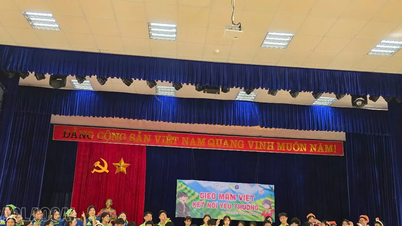

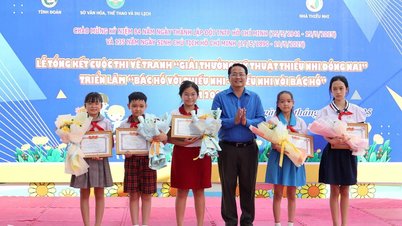
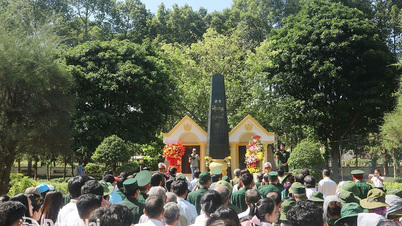
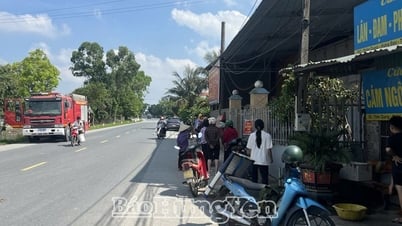



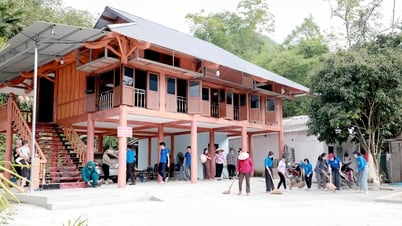






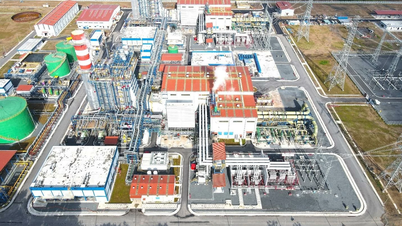
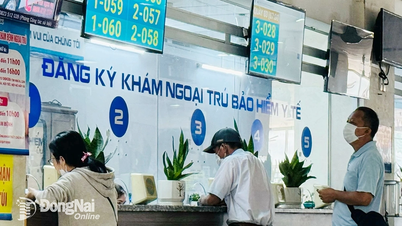


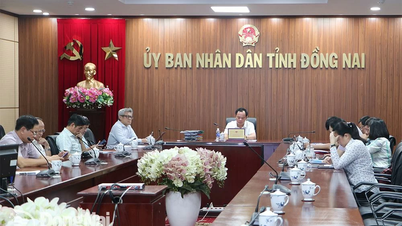















































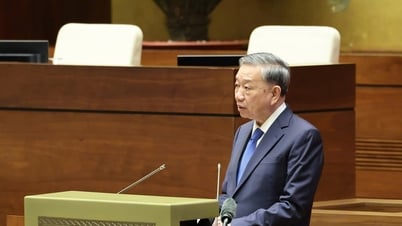











Comment (0)